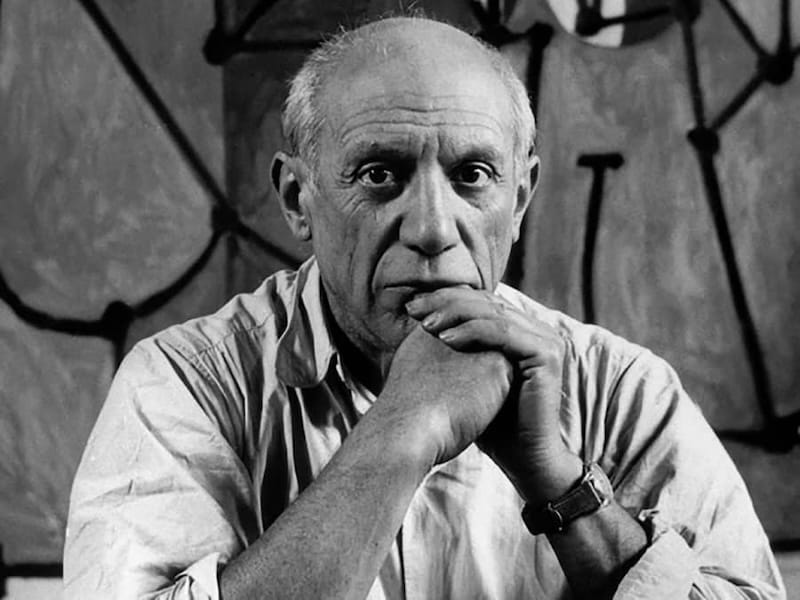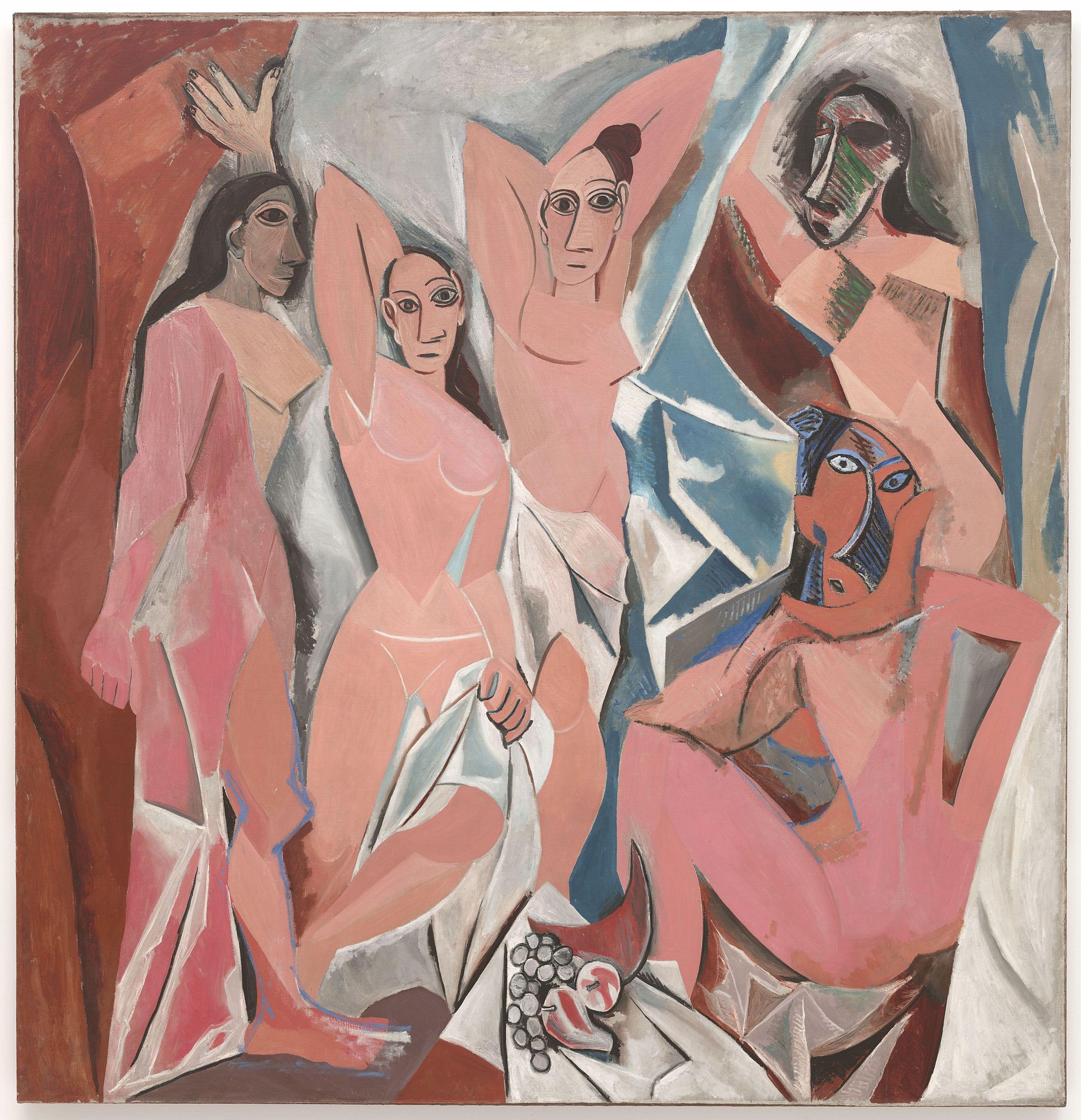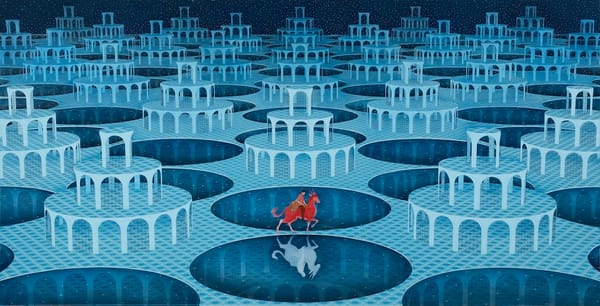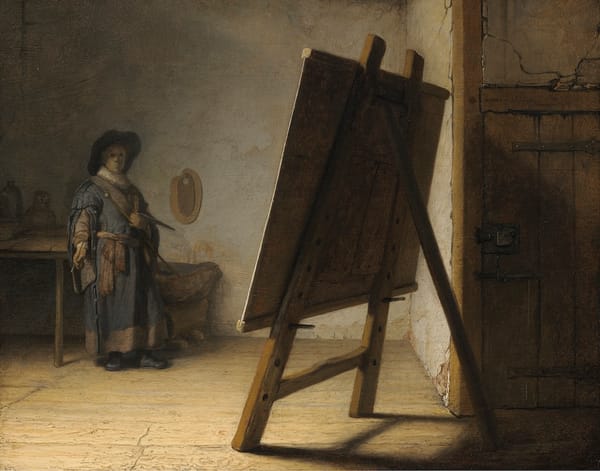Pablo Picasso: A Journey through Cubism
Pablo Picasso transformed modern art with Cubism, developed alongside Georges Braque. Through Analytic and Synthetic Cubism, they redefined how artists deconstructed and reconstructed form, opening new pathways in representation and influencing generations of artists.

Pablo Picasso is often regarded as one of the most influential artists of the 20th century, and one of his most significant contributions to the art world is Cubism. This innovative movement, developed alongside Georges Braque, revolutionized the way artists represented reality, shifting the focus from traditional perspectives to a more fragmented, abstract form. To understand Cubism and Picasso's role in its development, we must first explore the roots of the movement, its core concepts, and how Picasso's unique style influenced and transformed the trajectory of modern art.

The Birth of Cubism
Cubism emerged in the early 20th century as a radical departure from conventional artistic practices. By the time Picasso and Braque began developing Cubism, the art world was dominated by Impressionism, which emphasized light, colour, and fleeting moments. Post-Impressionists like Paul Cézanne and Georges Seurat challenged these conventions by focusing on structure and form. Cézanne's fragmented planes and Seurat's pointillism were instrumental in inspiring Cubism, providing a springboard for Picasso's exploration of new perspectives.
Picasso's early works, including his Blue and Rose periods, showcased his talent and versatility as an artist. However, it wasn't until his collaboration with Braque that Cubism truly took shape. The two artists experimented with a new way of seeing, deconstructing objects into geometric shapes and analyzing them from multiple viewpoints simultaneously.

Key Concepts of Cubism
Cubism is often divided into two phases: Analytic Cubism and Synthetic Cubism. Each phase represents a different approach to the exploration of form and perspective.
Analytic Cubism
Analytic Cubism, the earlier phase, was characterized by its deconstruction of objects into basic geometric shapes such as cubes, cylinders, and cones. Picasso and Braque would take a subject, like a still life or a portrait, and analyze it from various angles, then reassemble it on the canvas in a way that reflected multiple viewpoints at once. This method disrupted the traditional one-point perspective, allowing the viewer to see an object from different angles simultaneously.

One of the key works that demonstrates Analytic Cubism is Picasso's "Les Demoiselles d'Avignon" (1907). This painting is considered a pivotal moment in the transition to Cubism, as it challenges conventional representation through distorted forms, angular shapes, and multiple viewpoints. The fragmented and faceted approach to form in this piece set the stage for the Analytic Cubism that would follow.
Synthetic Cubism
As Analytic Cubism evolved, Picasso and Braque began to introduce new elements into their work, leading to the development of Synthetic Cubism. This phase incorporated collage techniques, using materials like newspaper, fabric, and other found objects to create mixed-media artworks. By combining these elements with traditional painting techniques, artists could explore a broader range of textures, patterns, and dimensions.
Synthetic Cubism shifted the focus from deconstruction to reconstruction, offering a more playful and diverse approach to form. Picasso's "Still Life with Chair Caning" (1912) is a quintessential example of Synthetic Cubism, featuring a collage of materials, a rope frame, and painted elements. This piece marked a turning point in the use of mixed media in art, influencing future movements such as Dada and Surrealism.
Picasso's Legacy in Cubism
Pablo Picasso's impact on Cubism and the art world as a whole cannot be overstated. His willingness to challenge conventions and push boundaries reshaped the course of modern art. The fragmented, abstract style of Cubism opened the door to new possibilities for artists, leading to the development of other avant-garde movements like Futurism, Constructivism, and Abstract Expressionism.

Picasso's legacy extends beyond his artistic innovations; he also inspired countless artists to explore new ways of thinking about form, perspective, and representation. His influence can be seen in the works of artists like Marcel Duchamp, Juan Gris, and Fernand Léger, who each took elements of Cubism and incorporated them into their own unique styles.
The Human Element in Picasso's Cubism
While Cubism is often associated with abstraction and geometry, Picasso's work also explored the human element in profound ways. His portraits and figure studies in the Cubist style reveal an underlying humanity, demonstrating that even in fragmented forms, there is a connection to the human experience. Picasso's ability to balance abstraction with emotion is one of the reasons his work resonates with so many people.

In works like "Girl with a Mandolin" (1910) and "Ma Jolie" (1911), Picasso combines geometric shapes with subtle indications of human figures, hinting at the presence of individuals within the abstract compositions. These pieces suggest that even in the most fragmented and deconstructed forms, there is a story to be told and a person to be understood.
Conclusion
Pablo Picasso's journey through Cubism is a testament to his artistic innovation and willingness to challenge conventions. Through Analytic and Synthetic Cubism, he redefined the way artists represent reality, introducing new perspectives and techniques that continue to influence the art world today. Picasso's legacy in Cubism serves as a reminder that art is not static; it is a dynamic and ever-evolving exploration of form, perspective, and the human experience. As artists continue to push boundaries and experiment with new ideas, they follow in the footsteps of Picasso, whose groundbreaking work in Cubism forever changed the landscape of modern art.





